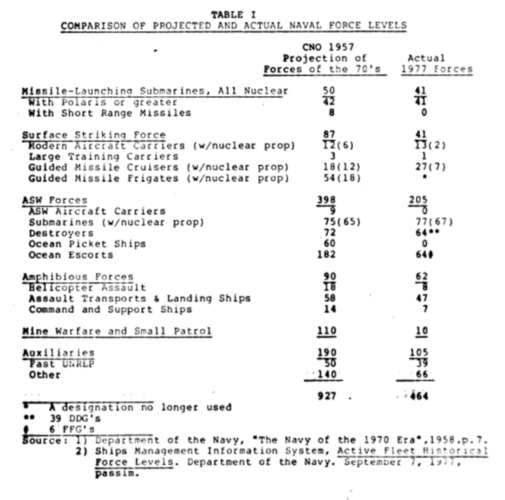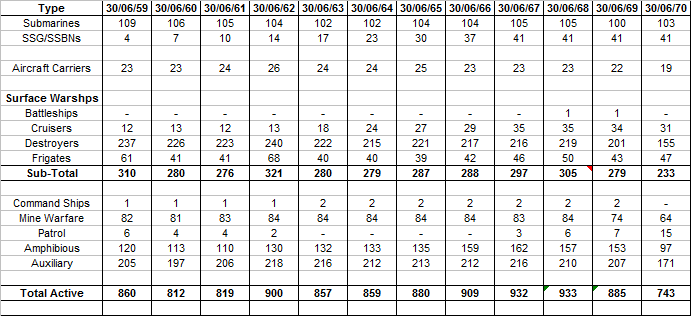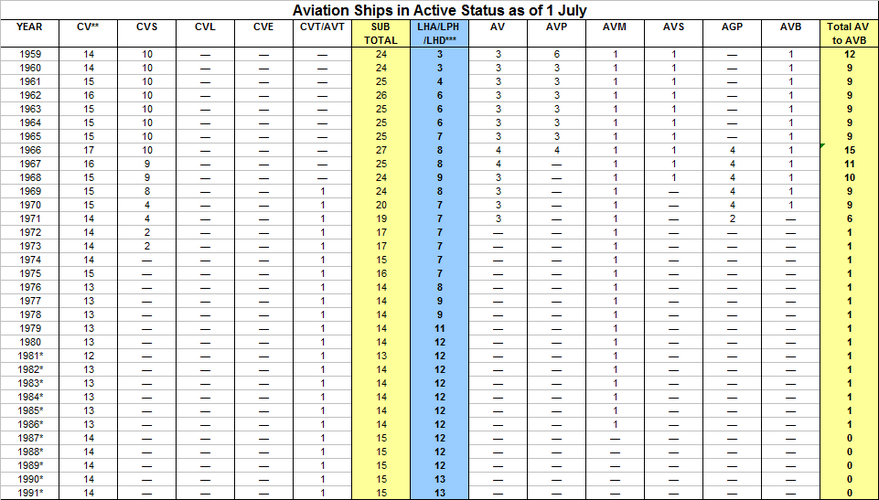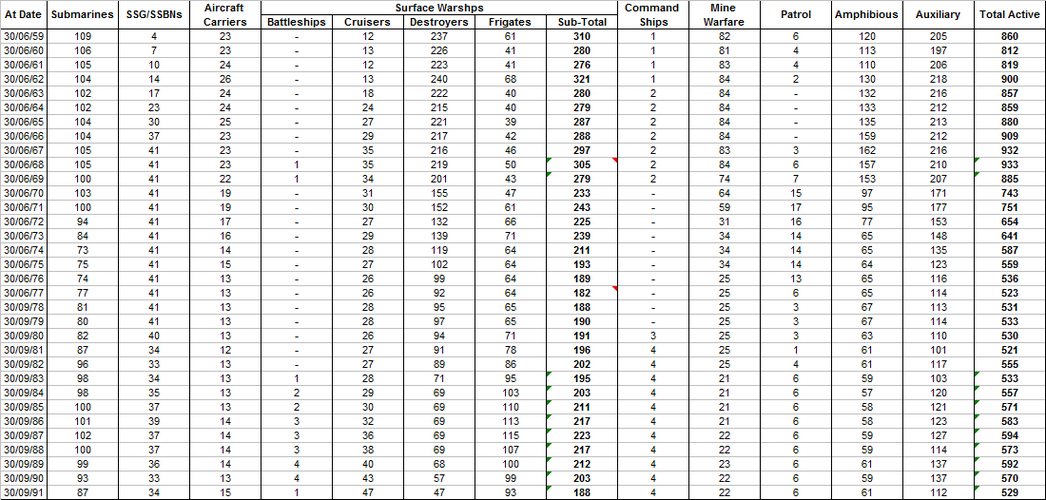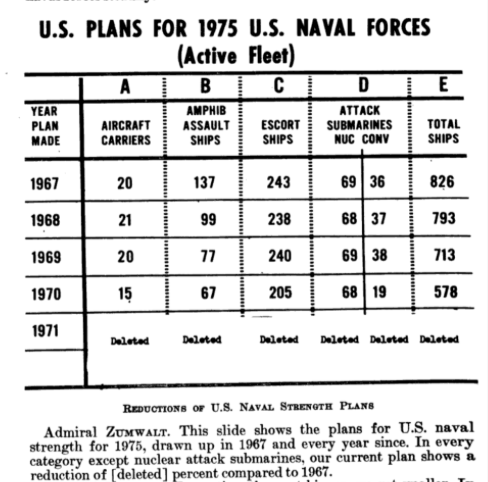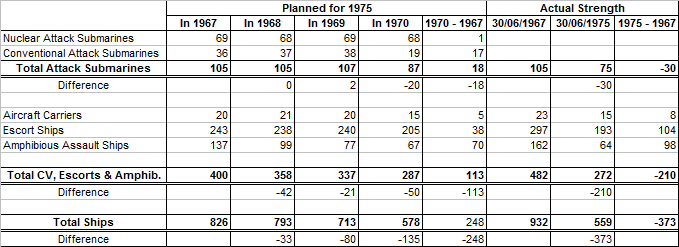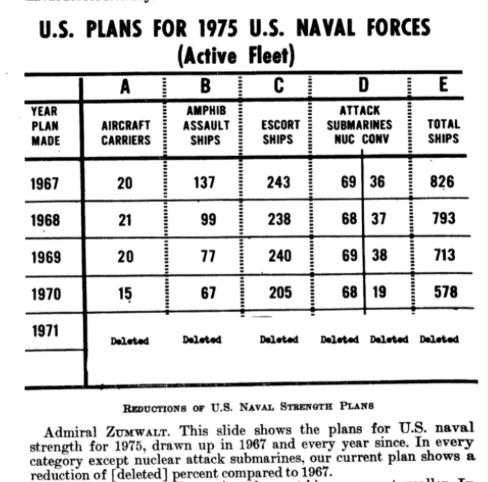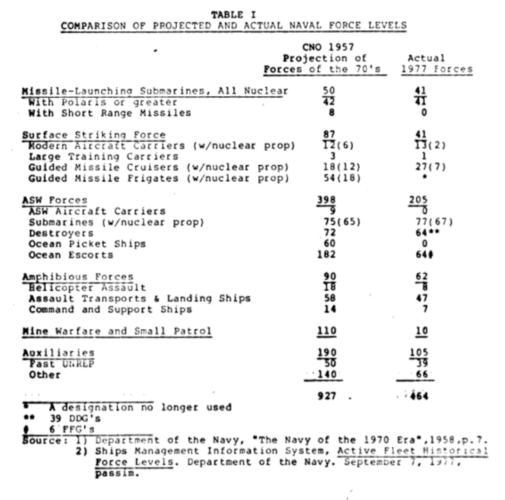- Joined
- 27 September 2006
- Messages
- 6,074
- Reaction score
- 6,188
The Royal Navy in the 1960s has been the place for many alternative history threads helped by the excellent books on the subject and the enthusiasm of Brits like me for CVA01 and co. The US Navy offers even more scope for programmes that could have been. Some thoughts to kick things off.
Enterprise was the only nuclear carrier till the 70s. Nukes vs conventional options.
The large cruisers of the 50s reached their zenith with Long Beach. In the 60s frigates like Bainbridge, Truxtun, Belknap and Leahy were the big ships, though to Europeans they were destroyer leaders/cruisers. Typhon was ditched and AEGIS didnt arrive .
Huge numbers of warbuit destroyers were converted with ASROC but could have had better helicopters than DASH.
The Knox and then Spruance classes came along, but were they the best answers.
Lots of scope and I havent even mentioned subs, helicopter carriers etc
Enterprise was the only nuclear carrier till the 70s. Nukes vs conventional options.
The large cruisers of the 50s reached their zenith with Long Beach. In the 60s frigates like Bainbridge, Truxtun, Belknap and Leahy were the big ships, though to Europeans they were destroyer leaders/cruisers. Typhon was ditched and AEGIS didnt arrive .
Huge numbers of warbuit destroyers were converted with ASROC but could have had better helicopters than DASH.
The Knox and then Spruance classes came along, but were they the best answers.
Lots of scope and I havent even mentioned subs, helicopter carriers etc



